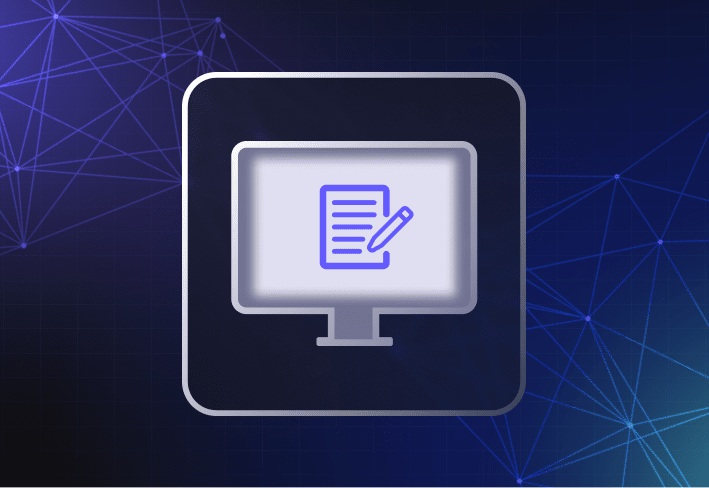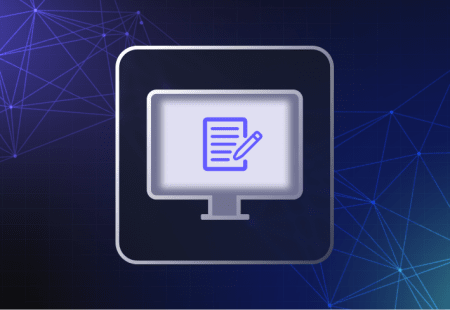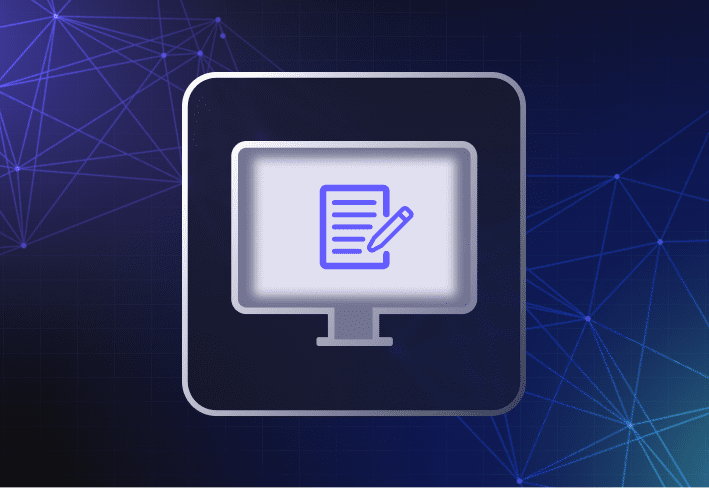Despite big strides in technology, diversity and inclusion in IT (or the lack of) continues to be a work in progress. Today, only 16.1% of sysadmins in the U.S. are women, only 12.3% are Hispanic or Latino, and only 8.6% are Black or African American.
Companies that are diverse and inclusive have a lot to gain. Besides being good for business, they attract new generations of job seekers who consider workplace diversity a key criterion for potential employers. But getting it right can be challenging. We’ll lay out some common mistakes that companies often make and how they can achieve greater diversity in a more inclusive and meaningful way.
What is diversity and inclusion (D&I)?
Diversity simply means difference or variety, based on the unique traits or characteristics that differentiate one person from another. In general, there are four main types of diversity:
Internal diversity stems from what a person is born with, like sex, race, gender, sexual orientation, and physical abilities or disabilities.
External diversity relates mostly to environmental factors that define a person’s identity. For instance, education, wealth, marital status, veteran status, or religion.
Organizational diversity refers to work-related differences like professional background, work experiences, job function, and seniority levels.
Worldview diversity is linked to our perceptions and views of the world. The differences in our values, political and religious beliefs, and culture all fall under this category.
Inclusion refers to the intentional effort to celebrate and empower people of diverse backgrounds — which goes hand in hand with diversity. A diverse and inclusive workplace is one where all employees feel like they belong, are treated with respect, and get the resources they need to thrive.
Why is workplace diversity and inclusion important?
There are several reasons why organizations should take diversity and inclusion seriously. Besides the argument that it’s simply the right thing to do, research continues to suggest that there’s a strong correlation between the degree of representation and an organization’s performance in a few core areas.
Business impact
According to a McKinsey study on the business impact of diversity and inclusion, organizations with greater gender, ethnic, and cultural representation on leadership teams are more likely to outperform those with less. The business case for diversity is not new, often pointing out that a diverse team is less prone to groupthink, makes better decisions, and demonstrates higher levels of creativity and innovation.
Talent acquisition
In their search for employment, younger generations are looking for companies that are aligned with their own values and lifestyles. A survey of more than 1,300 jobseekers in the U.S. found that 53% of respondents view a diverse workforce as an important factor when deciding where they want to work. Companies that embrace and prioritize diversity and inclusion are more likely to win them over.
Employee engagement
When employees are valued, respected, and treated fairly, they are much more likely to develop a sense of belonging at work. 56% of working adults in the U.S. agree that focusing on diversity and inclusion at work is a good thing. Studies have shown that this has a positive impact on employee engagement levels and performance and contributes to lower absenteeism and turnover.
Diversity and inclusion in IT: key stats
The tech industry is facing growing pressure to achieve greater diversity and inclusiveness — but just how far have companies come? Let’s look at the numbers related to IT professionals in the U.S.
Number of IT pros currently employed in the U.S.: 279,076
Percentage of men: 77.3%
Percentage of women: 22.7%
Wage difference: Women earn $0.97 for $1 earned by men (97% of the average salary for men)
Percentage of Black and African American IT pros: 10.9%
Percentage of Hispanic and Latinx IT pros: 15.9%
Percentage of Asian IT pros: 12.4%
Percentage of LGBT IT pros: 11%
Unlike some other common IT myths, it’s unfortunately true that the tech industry has yet to achieve parity and equity in many areas.
6 common diversity and inclusion mistakes that organizations make
Getting diversity and inclusion right is not easy. Even when armed with the best intentions, companies can make mistakes that hinder progress or lead them in the wrong direction. Here’s a list of common missteps to avoid.
1. Taking a one-size-fits-all approach
When it comes to diversity and inclusion, you need a strategic plan that's tailored to the specific needs and context of your organization. Large companies with a matrix structure and many departments will likely need more extensive planning. Global corporations with overseas offices need to ensure that policies and practices are developed with respect to local cultures and contexts.
2. Focusing only on one demographic
In many cases, diversity and inclusion initiatives tend to focus heavily on initiatives that target racial and gender diversity. While it’s important to address the persistent gender gap in tech, organizations should also broaden their scope to create a workplace environment that’s inclusive to all. For instance, providing paid parental leave to all employees, regardless of sex, gender identity, or marital status.
3. Treating all aspects of diversity as one and the same
Another common mistake is lumping all aspects of diversity together haphazardly, reducing it into a one-dimensional problem with a single, collective solution. The reality is much more complex and multifaceted, especially when there is intersectionality involved. For example, an employee can be Black, transgender, and disabled, and have specific concerns that relate to different aspects of their identity. A holistic program would provide the individual with support on all fronts.
4. Focusing on diversity but not inclusion
It’s not enough to hire different types of people without having policies and practices in place to make sure that they are made to feel welcome and supported in all areas of their life at work. Are there permanent measures to ensure that employees are treated fairly in terms of career progression and access to benefits? As true equal opportunity employers, companies should avoid token gestures and focus on developing an inclusive culture through structures and strategies that last.
5. Not taking a data-driven approach
It’s easy to lose focus when there’s no way of measuring success. Start by identifying a few key goals that you can commit to. These goals would then determine your success metrics. Are you looking to build a more diverse team at the leadership level or to increase employee satisfaction? Set quantifiable targets and use tools like surveys and D&I analytics software to track and evaluate your company’s progress.
6. Making individual employees responsible for organizational change
Don’t make marginalized employees shoulder the burden of advocacy or be responsible for addressing lapses within the organization. For one, it’s not their job. Also, consider what it means to ask someone in a minority position to confront and change the behavior of coworkers in more privileged positions, with whom they may have to work. Instead, companies should proactively invest in training, expertise, and dedicated resources to strengthen inclusivity and drive lasting and meaningful change.
How to strengthen workplace diversity and inclusion?
It’s never too late for companies to improve their diversity and inclusion practices. Even if there are programs in place, it’s good practice to review them regularly for opportunities to do more and to do better. We’ve listed some areas to work on.
Cultivate diverse hiring practices
Make D&I a standalone function and don’t park it under Human Resources
Create inclusive opportunities for teams and individuals to connect
Create a safe space to raise concerns and discuss issues like unconscious bias
Nurture inclusive leadership
Encourage the use of inclusive language
Invest in regular diversity training
Offer fair compensation and opportunities for development and career progression to all employees
Offer benefits and workplace flexibility to accommodate different work-life needs
Collect feedback and measure your results regularly
At PDQ, we’re proud of our efforts to build a company where individuals are celebrated for their differences, employees are treated fairly, and inclusivity is more than just a buzzword. If you’re looking to join a tech company with a diverse team of talented humans, check out our careers page. Or you could also just pop by Discord to chat with some very cool PDQ folks and connect with our awesome IT community.




